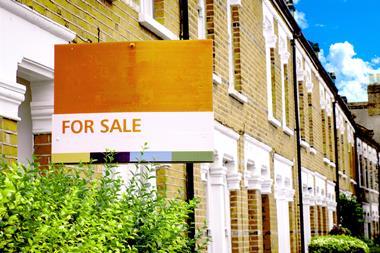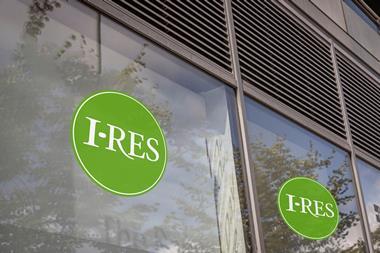The two leading house price indices (HPIs), from Nationwide and Halifax, provide the most timely measure of sentiment in the housing market but also the most partial. The picture that each paints of what is going on – and the commentary provided by the lenders’ in-house experts – can often conflict to a degree that makes it hard to feel confident in either.

Both Nationwide and Halifax compile their HPI figures using their own mortgage approval values, which provide a very up-to-date rule of thumb. But that basis also means they describe a sort of tracing-paper picture even of their own subsection of the market, given that the eventual agreed prices can differ from the offers.
The Land Registry’s official UK HPI figures, which record actual prices at completion, turn up a couple of months later and provide a more definitive measure – albeit one glimpsed through the rear-view mirror.
This week’s figures from Halifax, covering house prices in May, are significant not just because they record a year-on-year drop of -1.0%, the first negative figure since 2012, but also because the shift in direction now aligns with Nationwide. The latter’s index turned negative on a year-on-year basis much earlier, in February, and recorded a steeper -3.4% drop for May.
Commentary from analysts within the two lenders also appears to be converging. Kim Kinnaird, director at Halifax Mortgages, observed that markets were now pricing in “several more rate rises that would take base rate above 5% for the first time since the start of 2008”. That in turn has hiked fixed-rate mortgage costs, she added, leading to cooling demand. “Further downward pressure on house prices is still expected,” she concluded.
Over at Nationwide, chief economist Robert Gardner made similar observations: “Expectations for the future path of bank rate increased noticeably in late May, suggesting it could peak at circa 5.5%, well above the circa 4.5% peak that was priced in around late March. Furthermore, rates are also projected to remain higher for longer.”
Though more optimistically he added: “In our view, a relatively soft landing remains the most likely outcome.”
Both HPI trends are national aggregates, lumping together regional variations, which can of course be significant. The rival Acadata index, drawing on both mortgage and completion data and thus lagging behind both Nationwide and Halifax, tracks these details. Its recent reports (covering sales to the end of March) have highlighted how annualised price growth in Greater London turned negative in January, even as the rest of England and Wales continued to rise.
Assessing the latest Halifax data, Capital Economics senior property economist Andrew Wishart forecast that house prices would “drop by 12% in total” before the downward trend abates. “The Halifax HPI is only down by 3% since its peak in August 2022,” he added, “so we anticipate a further 9% drop in prices on this measure.”
That’s not exactly a cheery thought. Thankfully, opinions about what might happen next vary just as widely as the HPI figures. Nobody knows exactly what will happen to house prices because they hinge on bigger factors that define our national economic health, including inflation, productivity and growth.
The only thing we can bank on are that these times of great uncertainty will create winners as well as losers.





























No comments yet